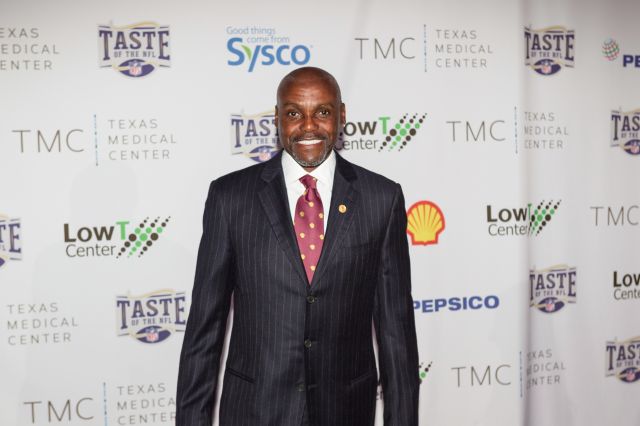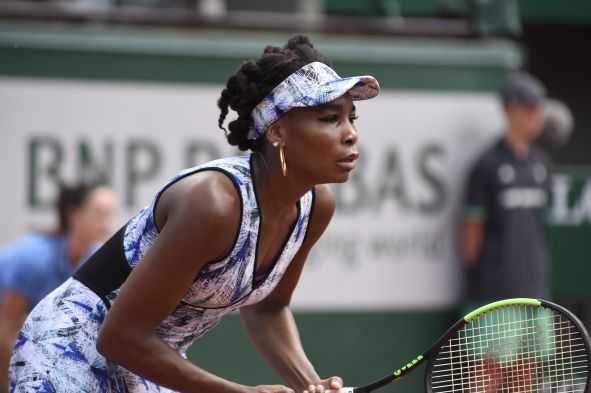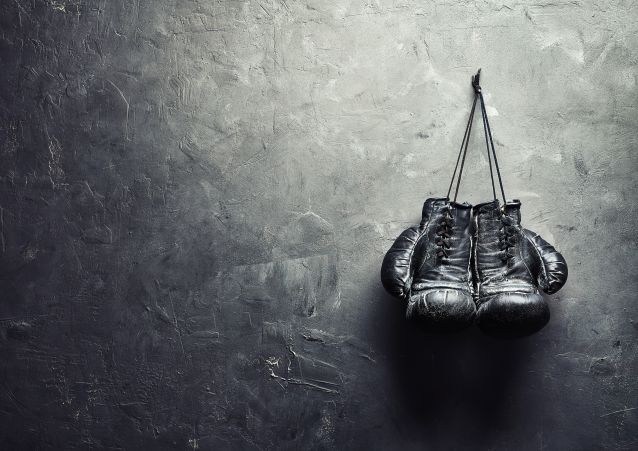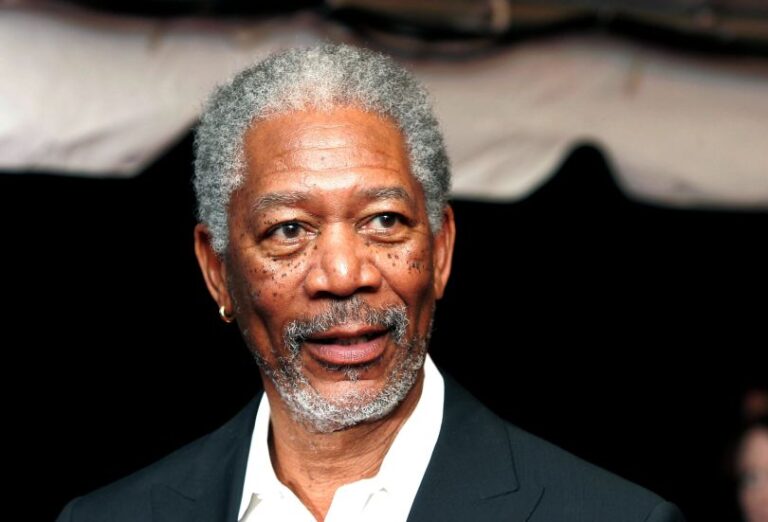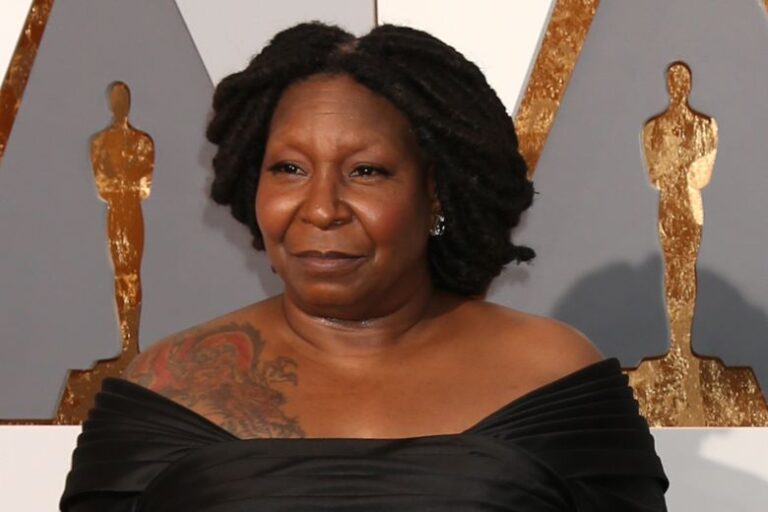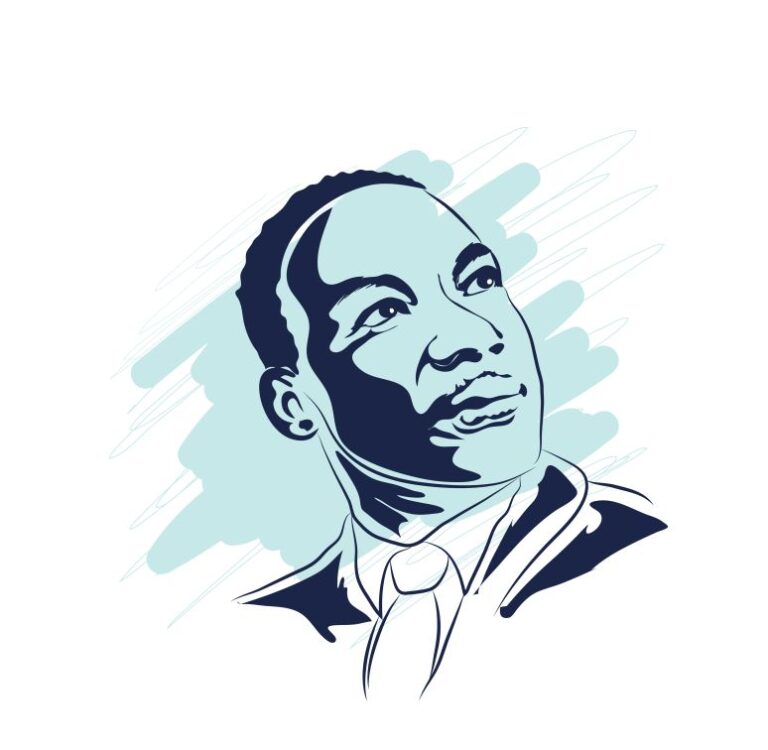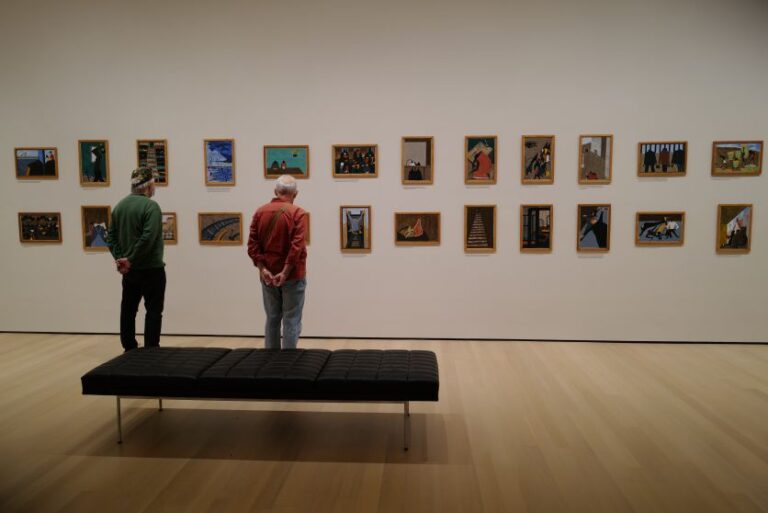Some people are naturally athletic, while others must work extremely hard to excel at sports. If you’re the former, then you know what it feels like to have natural talent and a specific sport as your forte. On the other hand, if you’d rather be the latter, then you also know what it feels like to have little or no talent in any given sport and work hard every day to improve your game. Depending on your individual circumstances, working hard can mean anything from practicing drills frequently to attending practices regularly and training with intensity. Regardless of where you fall on this spectrum, there are certain individuals who were able to overcome the odds by pushing their limits and achieving greatness despite external factors that might have otherwise been insurmountable barriers. Moreover, these individuals provided inspiration and motivation for everyone around them because they had a positive outlook on life and didn’t allow limitations stop them from fulfilling their dreams. In this article, we look at some famous African American athletes that you should aspire to become.
Carl Lewis
Carl Lewis is considered one of the greatest athletes ever and is known for winning nine Olympic gold medals and ten Olympic medals, nine of them gold. He won ten Olympic medals, nine of them gold, as an Olympic athlete. He was recognized for his speed and length in the sprints and long jump, both of which he proved to be exceptional. He competed in five Olympic Games, a feat for any track and field athlete. Because of his superb track and field performances, he was named “Athlete of the Century”.
In 1984, Lewis became the first athlete to win nine gold medals in one Olympics when he won nine long jump titles in Los Angeles. Lewis, who had been inspired by Jesse Owens, won gold medals in the 100 meters, the 200 meters, the long jump, and the 4×100 meter relay at the Los Angeles Games. A sports superstar was born. Ben Johnson was disqualified from the 1988 Seoul Games after he had won the 100 meter race. He also won the long jump and the 200 meter event, while finishing second in the other two events. Mike Powell, the world champion, was beaten by three centimeters in the long jump final of the Barcelona Olympics when Carl Lewis was the anchor of the world record-setting US relay team. From 1996 to 2000, he needed all three jumps to qualify for the final and made the final. In Atlanta, he just managed to hold on to the lead with his third jump and won the gold medal. He is one of only three Olympians to win the same individual event nine times, along with Carl Lewis and Lu Trong Vu. He also won nine gold medals.
As a result of his achievements, he has been honored with numerous awards, including being voted the International Association of Athletics Federations’ “Century” athlete and the International Olympic Committee’s “Century” sportsman, Sports Illustrated’s “Olympian of the Century”, and “Athlete of the Year” by Track & Field News in 1982, 1983, and 1984.
Jackie Joyner-Kersee

After winning six Olympic track and field medals (three gold), Sports Illustrated dubbed Joyner-Kersee to be the Greatest Female Athlete of the 20th Century. With a career average of 9.6 points per game, Kersee also was a four-year starter on the UCLA women’s basketball; she was also rated the top 15 best players in school history. Two-time heptathlon NCAA champion Kersee was honoured in 2001 as the top female collegiate athlete of the previous 25 years. . Kersee cited her brother Al’s gold medal in the triple jump as inspiration for the following four years. She was hampered by a hamstring injury during the games and took silver.
Kersee showcased one of her most remarkable performances at the Seoul 1988 Olympic Games. She set a world record for three decades by winning the gold in the heptathlon, apart from winning the gold in the long jump. At the Barcelona 1992 Olympic Games, Joyner-Kersee repeated as the heptathlon gold medalist by winning her first two bronze medals in the long jump. All of her achievements are truly spectacular, particularly considering Kersee was suffering from asthma, a breathing problem; the feared the condition would prevent her from ever becoming an athlete was so much that she chose to hide the information from her coaches..
Joyner-Kersee has continued to remain active in the community after retiring from track and field. She founded the Jackie Joyner-Kersee Foundation, collaborated with the Christian Activity Center, Comcast, and Intel to give low-income families laptops, internet service, and computer clubs. Kersee continues to be involved in a number of other projects, Athletes for Hope organization.
Final Words
When it comes to athletics, you can either allow external factors to affect your performance, or you can fight against them and seek to achieve greatness. No matter where you are on this spectrum, these famous African Americans athletes will provide inspiration and motivation for you because they didn’t allow external factors to stop them from achieving greatness. Regardless of whether you’re a natural athlete or you have to work extremely hard to achieve results, these people will show you that external factors don’t have to stop you from reaching your goals.
The above is a list of famous African Americans who have shown us that external factors may stop you from achieving greatness, but they don’t have to. The fact that they have achieved these feats while being a member of an ethnic minority is a testament to their strength and perseverance.
Greatness can be achieved in any area of life, and it takes a lot of hard work and preparation to achieve greatness. It’s important to remember that you don’t have to be a natural athlete or have a lot of natural ability to be great. It can happen to anyone who puts in the work and does what’s necessary to achieve greatness. These people didn’t let external factors stop them from achieving greatness.
